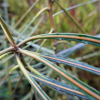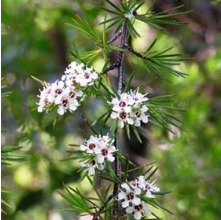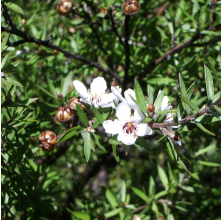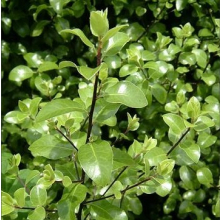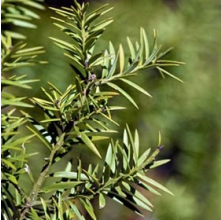Pseudopanax crassifolius
(Horoeka, Lancewood)
Pseudopanax crassifolius
(Horoeka, Lancewood)
Prices:
| Each | 20 or more | |
|---|---|---|
| 2.5L Pot | $9.50 | $9.00 |
Details:
| Type: | Tree |
| Growth Rate: | Medium |
| Mature Height: | 12 m |
| Mature Width: | 3 m |
| Site Condition: | Coastal, Exposed, Heavy Soil, Loamy Soil, Sandy Soil |
| Sun: | Part Shade, Full Shade |
| Drainage: | Dry, Moist |
| Frosts: | Tender |
| Features: | Attractive to birds, insects and bees. Low Flammability. Flower colour: Green, Yellow. Foliage colour: Dark Green. Fruit colour: Purple. Native. Suitable restoration species. |
Pseudopanax crassifolius, commonly known as Lancewood or Horoeka, is a species of evergreen tree that is native to New Zealand. It belongs to the family Araliaceae and is known for its unique growth habit and distinctive foliage.
Lancewood typically grows to a height of 3 to 10 meters, though it can reach up to 15 meters in favorable conditions. It has a slender, erect trunk that is often unbranched for several meters, giving it a distinctive lance-like appearance. The trunk is smooth and grayish-brown in color, and it is often marked with vertical ridges or scars from fallen leaves.
The leaves of Pseudopanax crassifolius are leathery and glossy, with a lanceolate shape that tapers to a point. They are typically dark green in color and can measure up to 60 centimeters in length. The margins of the leaves are serrated or toothed, which adds to their distinctive appearance.
One of the most striking features of Pseudopanax crassifolius is its ability to change its leaf shape as it matures. Young Lancewood trees have long, narrow leaves with serrated margins, while older trees develop larger, broader leaves with smooth margins. This unique leaf morphology has earned it the nickname "lancewood" due to its resemblance to a lance or spear.
Pseudopanax crassifolius produces small, inconspicuous flowers that are typically green or cream-colored. The flowers are arranged in clusters and are followed by small, fleshy fruit that ripens to a dark purple or black color. The fruit is an important food source for native birds in New Zealand.
Lancewood is a hardy plant that is well-adapted to New Zealand's coastal and lowland forests. It can tolerate a wide range of soil types, but prefers well-drained soils. It is a slow-growing species and can take many years to reach maturity.
In addition to its unique appearance, Pseudopanax crassifolius has cultural significance for the Māori people of New Zealand, who have traditionally used its wood for various purposes, including weapons, tools, and construction. Today, it is also a popular ornamental plant in gardens and landscapes, prized for its distinctive foliage and architectural form.
Habitat: Lowland to montane forest. Sealevel to 750 m
Flowering: Summer - Autumn [January - April]
Fruiting: Autumn [January - April]
My Lists: Pioneer Species
Plant Calendar:
| Jan | Feb | Mar | Apr | May | Jun | Jul | Aug | Sep | Oct | Nov | Dec |
|---|---|---|---|---|---|---|---|---|---|---|---|
| S | S | S | S |
| Flowering | Fruiting | Both | |
| Key |
| Fruit | Seed | Nectar | |
| Key | F | S | N |

